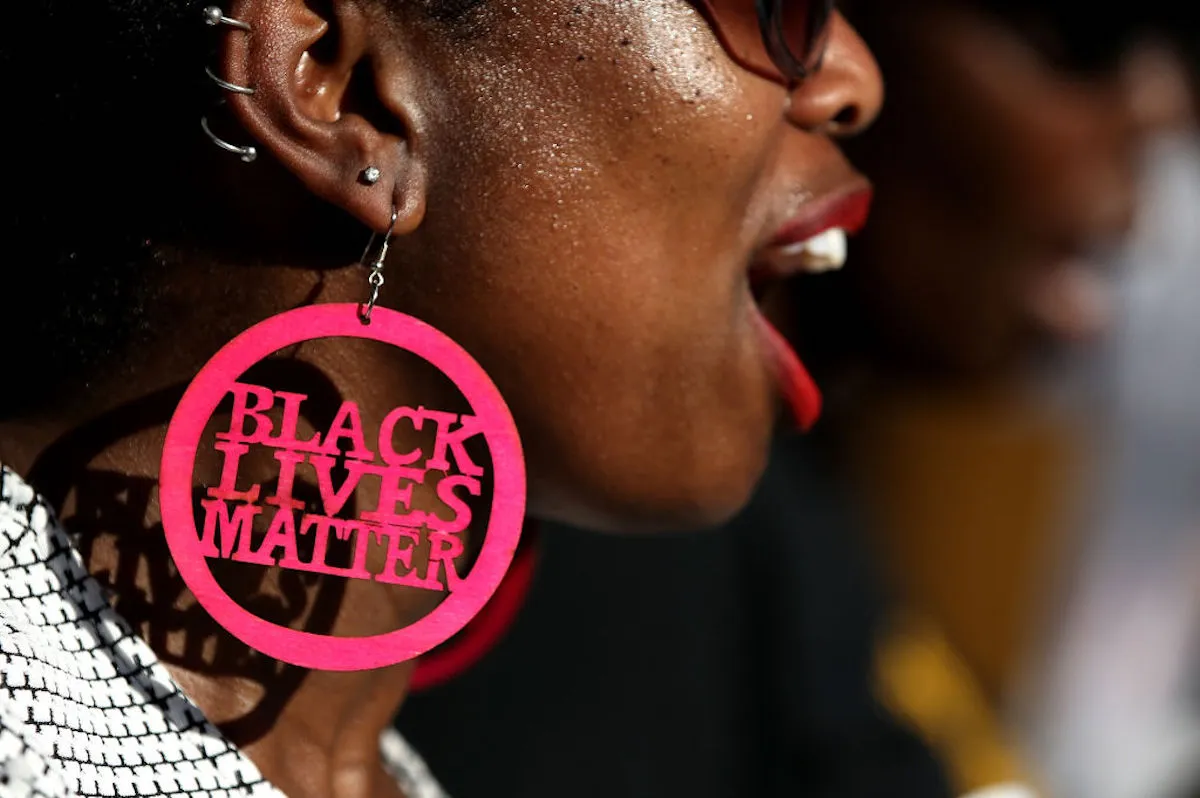“Sex is the most pervasive method of categorizing people. We are more likely to categorize people based on gender than race.”
These are the first words of a new study in the Journal of Personality and Social Psychology, “Men and Women Are From Earth: Examining the Latent Structure of Gender,” headed by Bobbi J. Carothers and Harry T. Reis, a couple of lads from Washington University in St. Louis and the University of Rochester who aimed to provide empirical evidence that sex and gender are not the same thing.
Awesome. Can we dispense with all the nonsense that people don’t notice I’m a girl, first, before they assessed my qualifications? Scientifically, that’s the FIRST thing they notice, even before they notice my race.
To quote the study (and I’m gonna–I’m gonna quote a lot from this study):
The idea of consistently and inflexibly gender-typed individuals is [under dispute]. That is, there are not two distinct genders, but instead there are linear gradations of variables associated with sex, such as masculinity or intimacy, all of which are continuous.
The study makes no bones about men and women being anatomically and physiologically different. Besides the unlikely prospect of my developing a beard at puberty, I am also more likely to take a pass on helping a friend move his refrigerator, based on the high biological likelihood that my upper arm circumference was unable to generate as much muscle mass as his.
However, despite 3,370 articles about sex differences in 2011 alone, the authors admit that previous studies did not even make a stab at asking if men and women were psychologically different.
There’s a lot of hoo-ha about the meaning of taxotomy and dimensionalism, but I’m going to cut to the chase. These guys were set on figuring out whether men and women are basically, categorically (taxonomically) different, in other words whether there were “deep, hidden, and unchanging properties” that make men different from women and were meaningful and occurred naturally, or if there was no reason that I am likely to make .75 cents on the dollar of a guy doing the same job, besides the wayward possibility that I look like I might get trapped under something heavy at work.
The study went on to say:
According to gender identity theory from infancy onward, whether a person is male or female pervades almost all human activities and experiences.
Thanks. Even a bit more depressing is that according to the study, “researchers sometimes analyze data from men and women separately”, and at the insistence of editors and reviewers “routinely analyze their data for gender differences,” implying the pervasive notion in the science community that men and women are categorically different. Additionally, everyday beliefs about my inherent characteristics tend to be the opposite of what my wondertwin of the opposite gender would be perceived to be.
What Carothers and Reis actually concluded from their data was that in categories such as sexual attitudes and behaviors (such as one-night stands, frequency of thinking about sex with someone outside of your partner), mate selectivity (wanting someone who looks as good cooking you dinner as they do naked), empathy and relational interdependence, fear of success, science inclination, and depression and intimacy tendencies, there was little evidence of sex-related preferences outside of small socio-sexuality trends. This means that knowing a person’s gender has little bearing on whether they are “relatively aggressive, good in math, poor in verbal skills, primarily interested in short-term mating, less agreeable, and so on,” unlike, say, predicting their likely weight, height, shoulder breadth, waist-to-hip ratio and deepness of voice.
This comes just in time for a natural correlation with the US Department of Defense lifting the ban on women serving in combat and examining whether women can hack it psychologically on the front line. According to New Scientist, studies have found that “women felt no more threatened than men in war zones, and were as resilient to combat-related stress” and that in stressful wartime situations “almost anyone can end up displaying uncompassionate and violent behaviour– regardless of gender.”
122 unique indicators from 13 studies comprising 13,301 individuals provided later, Carothers and Reis point out “clear empirical evidence to support the belief of researchers who see psychological gender differences in dimensional terms”. In other words even among those with strong and unambiguous gender identities, men and women do not exhibit all the characteristics and behaviors expected of their sex and “may also display some of the characteristics and behaviors associated with the other sex.”
Interestingly, the studies poses this question:
If gender is dimensional, why do categorical stereotypes of men and women persist in everyday life?
One answer proposed was that both laypeople and researchers, “love dichotomies” to process the multitude of information we are fed every day. “If men and women differ, grouping people into sex categories makes sense as a simple and fast judgment rather than dealing with each individual as a unique case.”
Uh huh. Or perhaps snap decisions made on the basis of gender are currently more socially acceptable than those based on other factors such as race, ethnicity and socio-economic class? Take this bit of storytelling:
“In non-industrialized cultures, sex differences in the division of labor are driven by two primary forces: men’s larger size and greater strength and women’s childbearing and -rearing responsibilities. Insofar as child care does not interrupt a mother’s activities and women have a means of augmenting their physical strength, they can and do participate in behaviors that are otherwise male dominated. Availability of such means varies over ecology and culture. In our own culture, hired child care is available, and where strength is required, machines and tools are often used.”
It’s interesting to note that the example made by this study highlights women shedding traditional stigma to participate in male-dominated categories of work, but does not highlight men wishing to participate in traditionally female-dominated categories of work and similarly shedding that accompanying stigma.
Perhaps they have never been to Sweden where the state provides 16 months of leave to new parents, of which only 14 months can be taken by a single parent and has introduced a monthly “gender equality bonus” paid to men on top of paternity pay. According to the UK Office of National Statistics, 10 per cent of those who care for children while their partner goes out to work are men, whereas in the US, the number is 32 per cent according to the US Census Bureau.
Maybe that’ll put a wrench in the idea that “the possession of traits associated with gender is not as simple as ‘this or that'”.
Anika Torruella is a writer, foodie and geek based in Washington, DC. Her website CandyBuffet.com is filled with geek, chic, and science tidbits. You can follow her at @CandyBuffetBlog on twitter.







